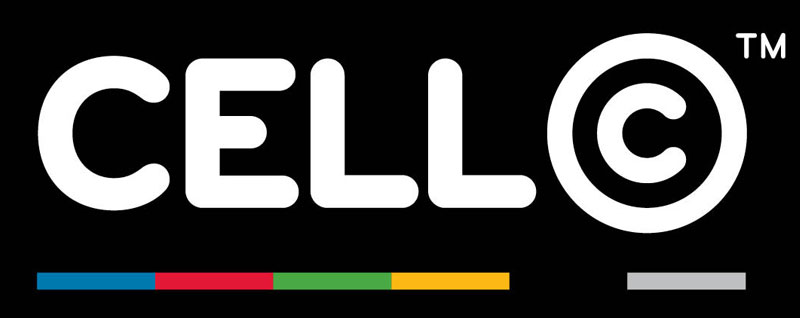Cell C’s acting CEO, Jose Dos Santos, announced this morning that the company’s planned network upgrades around Gauteng have been completed – and that coastal regions have also got more capacity.
A large area between Northern Pretoria and the South of Johannesburg has been given more capacity on Cell C’s network, with 110 new cell sites live as of today. This comes after the company’s announcement in August that it would be spending R200-million to upgrade its network by the end of November. In addition to the 110 new sites in Gauteng, coastal areas have also been given a bump in capacity. Dos Santos said that 98 new cell sites are active in coastal regions – this should accommodate the influx of inland holidaymakers who’ll be migrating to the coast for the coming December holidays.
This brings the total number of Cell C sites to 4 040, across the country. Another 350 new sites are planned to be active by June next year, and they’ll be rolled out mostly in metropolitan areas where the majority of network traffic is present. Asked how the newfound capacity has improved Cell C’s network quality, Jose Dos Santos said that both call negotiation and retention figures have improved to be near the 97% industry standard figures in South Africa. It’s also actively working on problem areas to bring up those figures. Meanwhile, it’s still in discussion with Vodacom when it comes to roaming and seamless handovers for Cell C subscribers on that network.
The new capacity comes as news breaks that Cell C now has 13-million active subscribers on its network. Steven Ambrose from Strategy Worx says that this is strong growth, and Cell C’s gain has been MTN’s loss. The current subscriber figures for the big three networks are around 30-million for Vodacom, 25-million for MTN, and 13-million for Cell C.
There are also hopes for further increases subscriber numbers when ICASA’s proposed asymmetric interconnect rates go into effect. Recently ICASA proposed a staggered pricing arrangement for interconnect rates for mobile phone calls. Networks with a share smaller than 20% of the market would pay less for connecting calls to other networks, while bigger networks (ie: Vodacom and MTN) would pay more when connecting calls to smaller networks (ie: Cell C and Telkom Mobile).
“Do you really want retail pricing for mobile telephony to drop?” Dos Santos asked rhetorically.
“Our objective is to introduce asymmetry so that we can provide more affordable communications in the country. If we have asymmetry, we can bring down the pricing of communication even further.”
There are also exciting plans in the pipeline for 2014.
Dos Santos told htxt.africa that new products (bundles) would be announced next year, and that data would be a huge focus for these. He added that the uptake of smartphones has been a strong driver for data consumption, but even those consumers who have regular phones with data capabilities have started using mobile internet access.
Cell C is in also in the process of finalising arrangements with Mirage Telecoms to establish an MVNE in South Africa. This arrangement will see Mirage buying access to Cell C’s network (in the form of airtime minutes and data capacity) to then resell under different brands. For example, a retailers, banks, and insurers could offer mobile packages that are tailored to their consumers’ needs. This is different to MVNO propositions (like Virgin Mobile and Red Bull Mobile), which use both the infrastructure and support systems on Cell C’s network. An MVNE will simply resell capacity bought from Cell C onto smaller MVNOs, which then determine their own pricing, packages, and use their own support systems.

